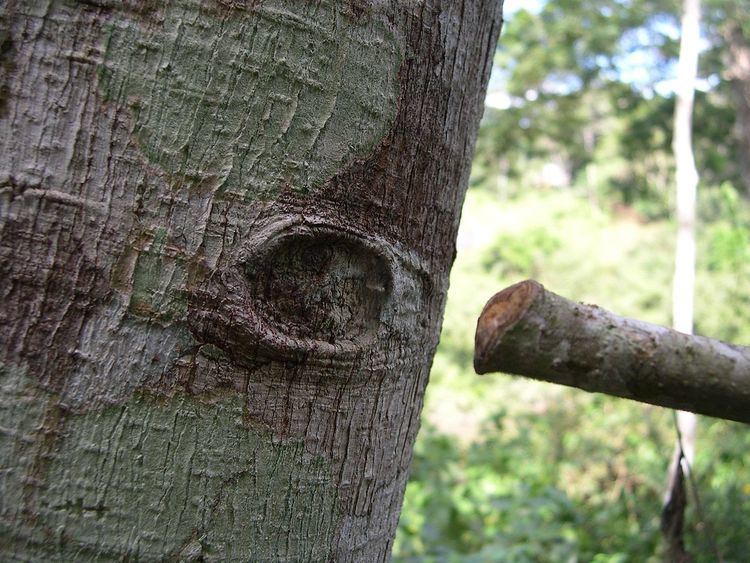 | ||
Cladoptosis (Greek clados - branch, ptosis - falling; sometimes pronounced with the p silent) is the regular shedding of branches. It is the counterpart for branches of the familiar process of regular leaf shedding by deciduous trees. As in leaf shedding, an abscission layer forms, and the branch is shed cleanly.
Functions of cladoptosis
Cladoptosis is thought to have three possible functions: self-pruning (i.e. programmed plant senescence), drought response (characteristic of xerophytes) and liana defence.
References
Cladoptosis Wikipedia(Text) CC BY-SA
